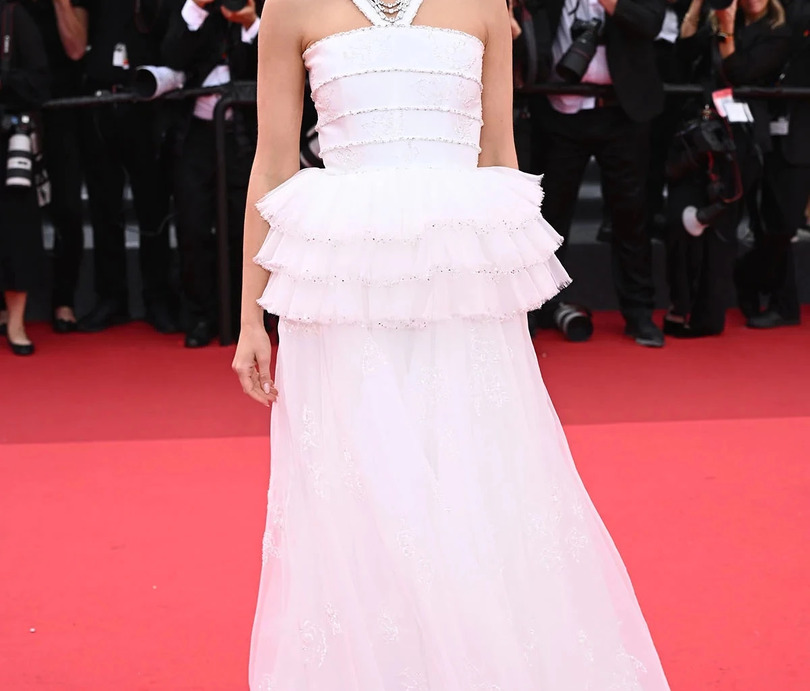
The Croisette transformed into a celestial runway last week, where stars didn’t just walk—they orbited in sartorial constellations. While Jafar Panahi’s "Simple Twist" claimed the Palme d’Or, the real blockbuster unfolded in the theater of fashion, where dress codes tightened like corset strings.
Margaret Qualley emerged as a modern-day Aphrodite swathed in Chanel’s liquid gold—a gown that rippled like sunlight on the Mediterranean. Meanwhile, Pedro Pascal defied menswear gravity in Calvin Klein’s architectural tuxedo, its lapels sharp enough to slice through the Riviera breeze.
The festival’s new modesty commandments—banishing naked dresses and outlawing sneakers—sparked a creative rebellion. Designers responded with:
Cate Blanchett performed her annual metamorphosis, this time as a Galliano-gilded phoenix rising from the ashes of conventional glamour. Her Armani Privé finale resembled molten silver poured over a Renaissance statue—an artifact from some future archaeology of style.
The real showstopper? The silent dialogue between garments. A zoot suit’s exaggerated shoulders whispered to Harlem’s Renaissance, while a single exposed back—permitted within the new rules—spoke louder than any plunging neckline.
As the curtain fell on this sartorial spectacle, one truth became clear: in Cannes, even restraint can spark a revolution. The stars didn’t just wear clothes—they authored manifestos in silk and sequins.


















